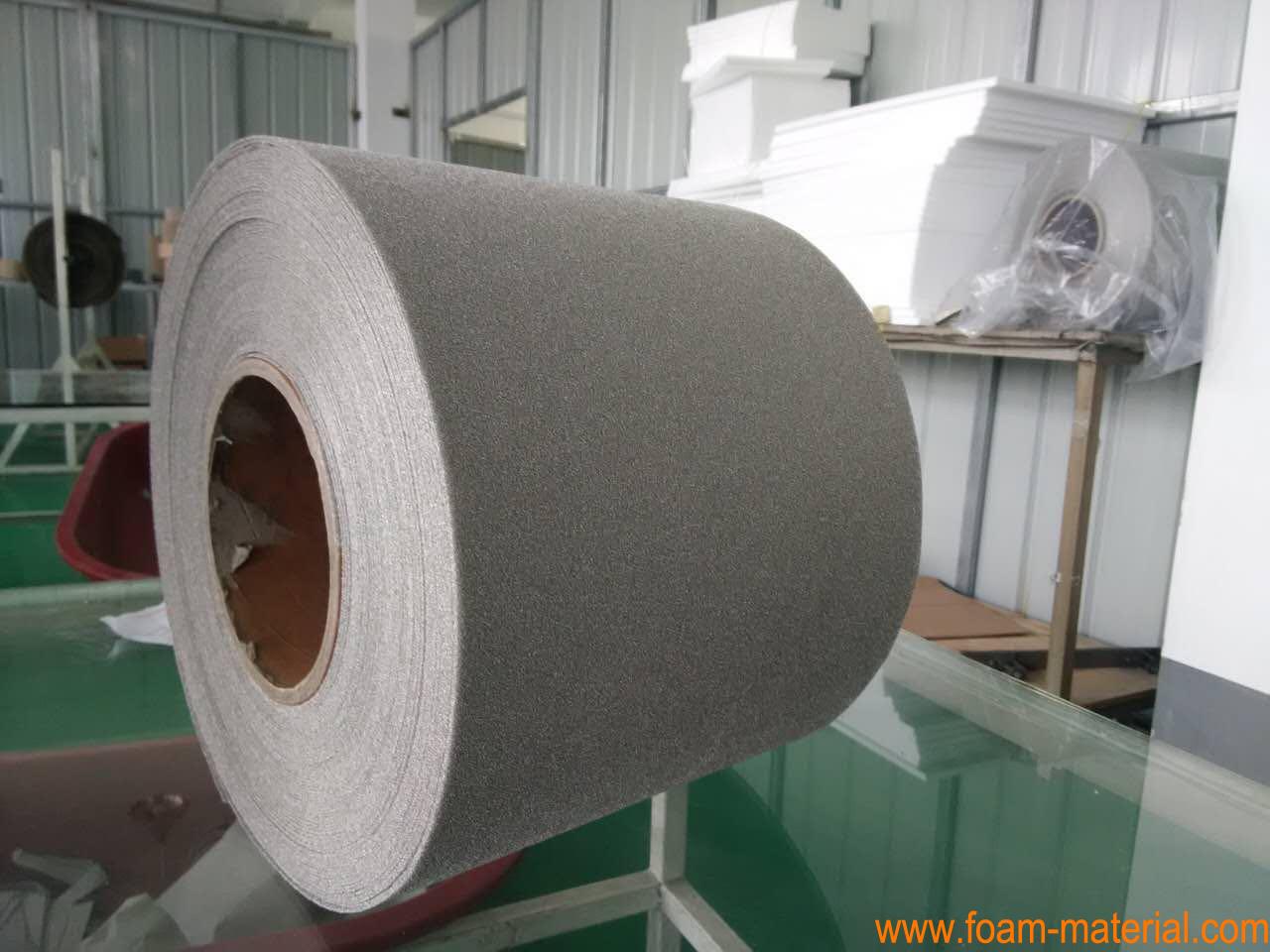1. Properties:
Conductivity: Nickel foam exhibits excellent electrical conductivity, making it an ideal electrode material for energy storage devices such as batteries and electrochemical capacitors.
High Surface Area: The unique structure of nickel foam, with numerous open pores, provides a large surface area, enhancing reaction rates and catalytic effects.
Lightweight: Nickel foam is typically lightweight, making it practical for applications where weight reduction is essential, such as in the aerospace industry.
Thermal Conductivity: Nickel itself possesses good thermal conductivity, making nickel foam suitable for applications in thermal management, such as radiators and heat exchangers.
Compressibility: Copper foam has a certain degree of compressibility, providing advantages in applications requiring elasticity or cushioning properties.
2. Production Methods:
Electrodeposition: Carbon Foam is electroplated onto a substrate, and appropriate treatment is applied to create the foam structure.
Template Method: Polymer foam or other materials serve as templates, and nickel is deposited, by template removal to form the foam structure.
Vapor Phase Method: Nickel is deposited from a gas phase onto a substrate to form the foam structure.
3. Applications:
Batteries and Electrochemical Capacitors: Graphene Foam is commonly used as a current collector in batteries or as an electrode in electrochemical capacitors, leveraging its high surface area and good conductivity.
Catalyst Support: The high surface area of nickel foam makes it an ideal support for catalysts, promoting various chemical reactions.
Energy Storage: In energy storage and conversion, nickel foam is utilized for manufacturing supercapacitors and other energy storage devices.
Thermal Management: Due to nickel's thermal conductivity, nickel foam is employed in the fabrication of heat dissipators, radiators, and heat exchangers.
Filters: The porous structure of nickel foam can be used to create efficient gas or liquid filters.
Hydrogen Storage Material: Nickel foam is under research as a potential candidate for hydrogen storage materials.
4. Challenges and Future Developments:
Cost: The production cost of nickel foam may be relatively high, requiring efforts to find cost-effective manufacturing methods for large-scale applications.
Performance Optimization: Researchers are working on optimizing the performance of nickel foam through improved fabrication processes and control of structural organization.
Environmental Sustainability: Considering environmental friendliness and sustainability in material preparation is a future trend in nickel foam research.
Nickel foam, with its porous, conductive, and lightweight nature, presents extensive prospects in various fields. Ongoing research will further enhance its performance and reduce production costs, contributing to its broader applications.
12 No. 62 Yuanshan North Road, Huli District, Xiamen City, Fujian Province, China
tel :
+86-592-7296029email :
Daisy@foam-material.comCopyright © Cheap Copper Foam, Iron Nickel Foam, Titanium Foam All Rights Reserved. Powered by dyyseo.com
 Daisy@foam-material.com
Daisy@foam-material.com
